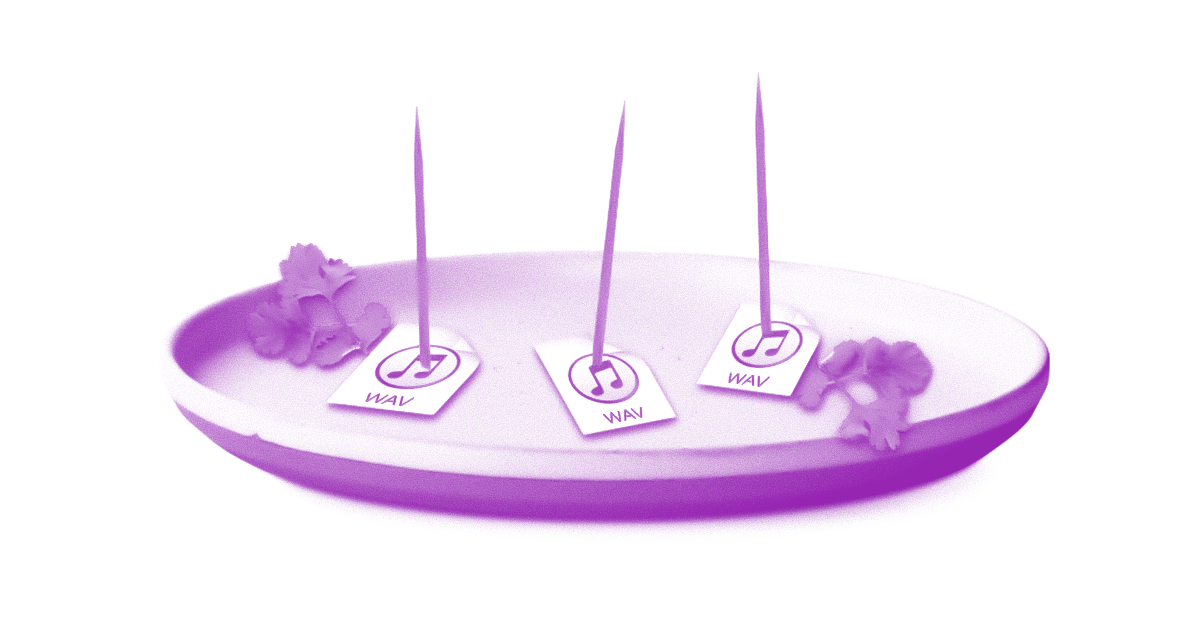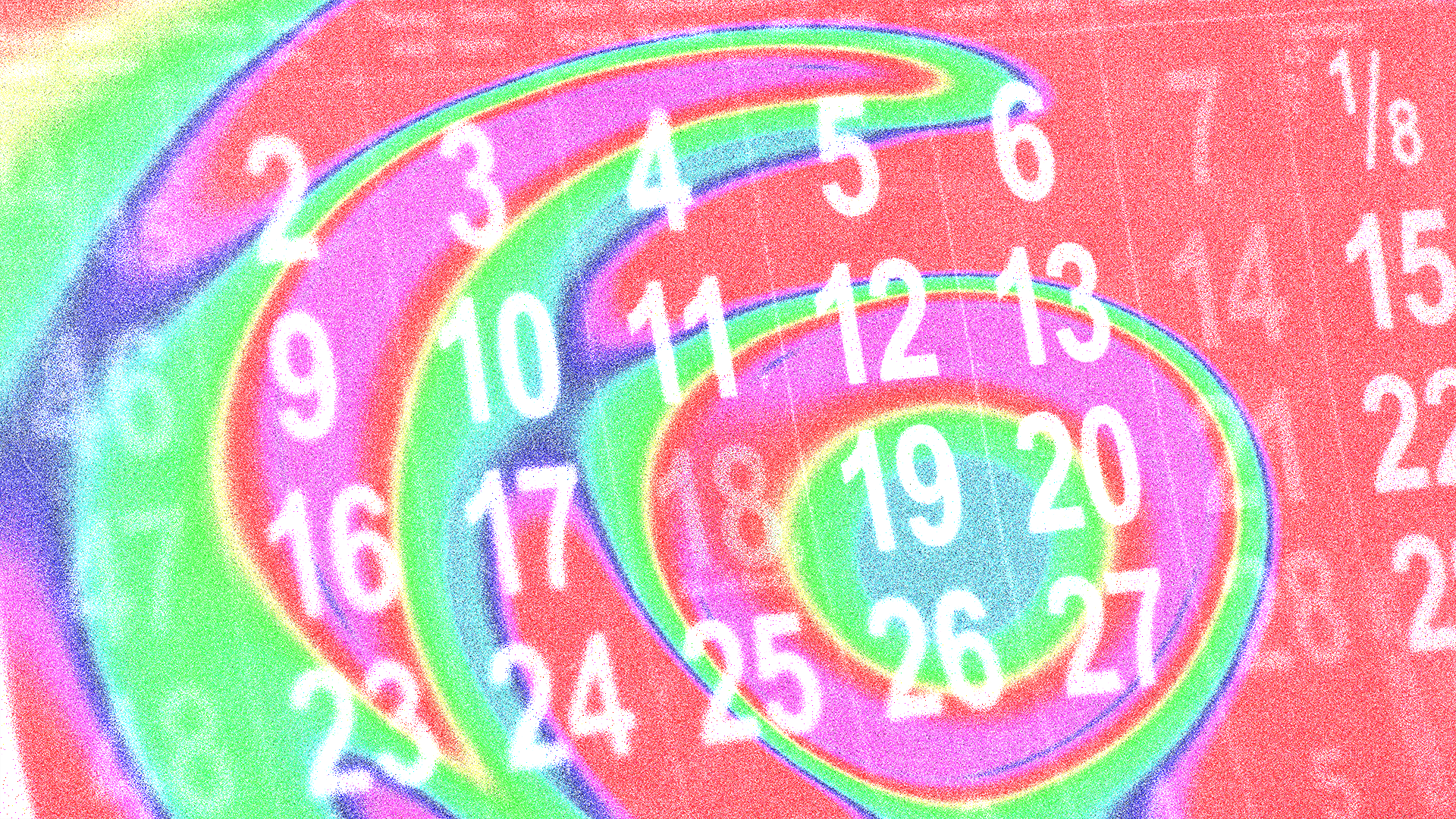
Suspended Chords: Create Tension With Sus4 and Sus2
Chords are the essential building blocks of any song.
Arranging different types of chords together is how you make the satisfying progressions that give your songs their feel and flow.
The more kinds of chords you know, the more options you’ll have to create. That’s the beauty of learning music theory.
Today I’m talking about a chord type we haven’t covered yet on the LANDR Blog—suspended chords.
In this article you’ll learn what they are, how to build them and the best ways to use them in your songwriting.
What are suspended chords?
Suspended chords (or sus chords) are chords that do not contain a major or minor third scale degree. Instead they substitute the second or fourth degree of the scale.
The term suspension comes from a practice in counterpoint where the bass note would change while the interval above remained constant before resolving downward to create a major or minor chord.
The feeling of holding the chord up before it ultimately descends to its resting place is where the name “suspension” comes from.
The feeling of holding the chord up before it ultimately descends to its resting place is where the name “suspension” comes from.
Since they don’t contain scale degree three to classify them as major or minor, sus chords sound open and neutral.
The presence of scale degrees two and four associates them with dominant harmony, but sus chords can play several different roles.
That makes them great for a few key purposes in your chord progressions.
How to play sus chords
Basic suspended chords are simple to play. I’ll go through the three most common types of sus chords and how to build them:
1. Sus4 chords
The most common form of suspended chord is the sus4.
A sus4 contains the root, fourth, and fifth degrees of the scale. The fourth scale degree replaces the third scale degree of the triad
Here’s an example of a simple sus4:
Sus4 chords can be used on their own or in figures where the suspension resolves down to the third.
2. Sus2 chords
Sus2 chords work the same way, except the second degree of the scale is used in place of the third.
Sus2s want to resolve a little less strongly than sus4s, but they can still resolve up to complete a major or minor chord.
Sus2s want to resolve a little less strongly than sus4s, but they can still resolve up to complete a major or minor chord.
Here’s what a basic sus2 built on C sounds like:
3. Sus 7th chords
Sus chords don’t have to stop at just three notes.
You can build a four note seventh chord on the basic structure of a sus4 by adding a minor 7th above the tonic.
In jazz music, the 9th or 13th chord extensions are often added to make the chord sound more rich.
The “rootless” quality of these sus7 chords played a big part in the modal movement in jazz. You can hear them in action on Herbie Hancock’s modal classic “Maiden Voyage.”
That jazz influence carries over to modern R&B where the smooth sound of a sus7 with added extensions is common.
The second chord in the verse progression of D’Angelo’s “Feel like Makin’ Love” is a rich Vsus13. Here’s a helpful breakdown of the progression:
How to use sus chords in your music
There are as many ways to use sus chords as there are songwriters.
But to get you started with some ideas, here are some of the most common ways to use sus chords in songs:
1. Delay the feeling of resolution
The most basic way to use suspended chords is how they were originally used in suspensions.
I’m talking about delaying the feeling of resolution when the chord progression rests on stable harmony.
There are lots of theories about what makes you like your favourite songs. One of the most plausible is that good songs draw us in by playing with our expectations for what will happen next.
That’s the key to how this technique works. When you delay the resolution, you subtly manipulate what your listeners are expecting.
There’s a haunting example in the last chord of the verse progression in Radiohead’s Exit Music (For a Film).
The sus4 chord dangles on the end of the phrase until it resolves downwards to a major chord on the tonic.
2. Lighter sounding dominant chords
Scale degrees three and seven are the most important for the relationship between tonic and dominant in functional harmony.
V7 gives you the strongest feeling of tension and release since it contains both of these essential tones.
But sometimes you want a dominant sound that’s less extreme.
Substituting a sus chord for the dominant seventh can be a great technique to suggest the dominant harmony without the sound of the third taking over.
This is what happens at the end of the lengthy verse progression in Carol King’s “I feel the Earth Move”
Listen at about 0:30 for the warm yet satisfying sus7 that turns the phrase around.
3. Pedal point
Pedal point is a common technique in all genres of music. The basic idea is to play different chords over top of a sustained bass note.
The name is a reference to the sustain pedal of a piano. The held note is called the pedal tone.
Artists often use sus chords over a pedal tone to develop a musical phrase.
Artists often use sus chords over a pedal tone to develop a musical phrase.
One classic example is Van Halen’s synth anthem “Jump” which contains both sus2 and sus4 voicings in the synth riff.
4. Neutral sounding chords
The other great feature of sus chords is how open and neutral they sound.
Since they have no third their harmonic function doesn’t seem clear right away.
That’s why many artists use them when they want to suggest vague harmony that moves in circles without ever arriving anywhere.
You can hear how sus chords contribute to that feeling of “rootlessness” in My Bloody Valentine’s “who sees you.”
Suspended animation
Sus chords are an important part of any songwriter’s toolkit.
As you build your vocabulary of chords you’ll feel more free to move your songwriting forward to new heights.
Now that you know the basics of suspended chords, get back to your DAW and keep writing.
Gear guides, tips, tutorials, inspiration and more—delivered weekly.
Keep up with the LANDR Blog.




